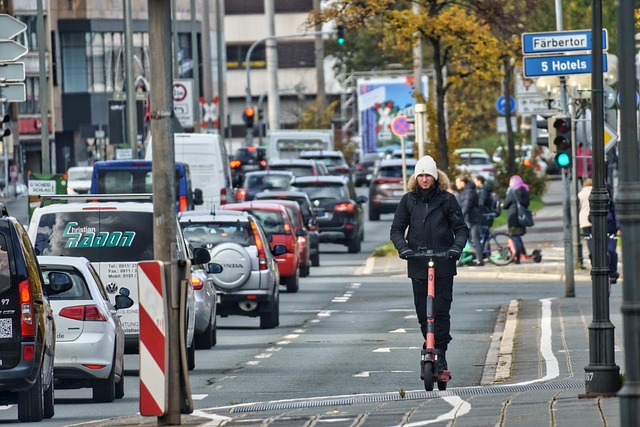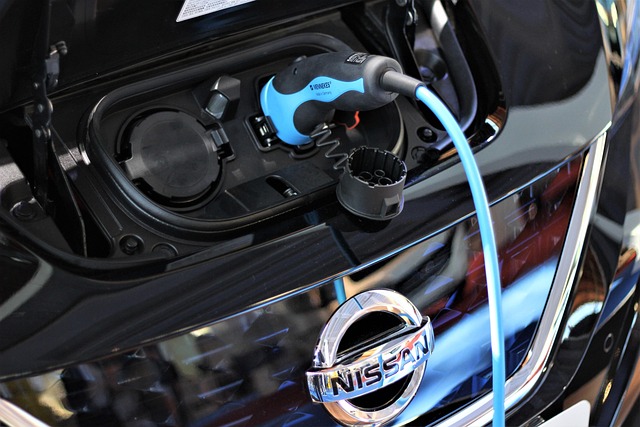In an era where climate change is at the forefront of global discussions, the importance of sustainable modes of transport cannot be overstated. Green technology is taking center stage in revolutionizing mobility, paving the way for a future where transport sustainability is not just aspirational but achievable. As we explore this transformative journey, it becomes clear that the implications extend far beyond urban landscapes, reaching deep into rural development.
Transport sustainability is not merely about the vehicles we drive or the fuels we use; it encompasses a holistic approach to how we think about movement and connectivity. The integration of green technology, including electric vehicles (EVs), hydrogen fuel cells, and smart infrastructure, is designed to reduce environmental impact while enhancing the efficiency of transportation systems. These innovations are crucial in urban areas but hold equally significant potential for rural communities often overlooked in discussions about cutting-edge technologies.
Imagine a rural landscape where the echoes of traditional combustion engines are replaced by the silent hum of electric tractors and buses powered by renewable energy. Green technology offers rural areas the chance to adopt a more sustainable transport model, reducing dependence on fossil fuels and opening up access to previously isolated communities. This shift can enable farmers to transport their goods to markets without the heavy carbon footprint of conventional vehicles, while also providing residents with cost-effective and reliable transportation options.
Moreover, the application of green technology in rural development goes beyond just vehicles. The establishment of charging stations powered by solar panels or wind turbines can facilitate the shift to electric mobility, creating a sustainable energy ecosystem within these communities. By investing in green technology, rural areas can create jobs and stimulate local economies, ultimately leading to a more resilient and self-sufficient environment.
The role of green technology in promoting transport sustainability cannot be overstated. With advances in battery technology and smart grids, rural areas are becoming more connected, allowing for efficient transportation planning and implementation. This connectivity can enhance the quality of life for residents, providing better access to healthcare, education, and job opportunities. In this way, sustainable transport is not just an environmental imperative, it is a social uplift for rural communities.
Furthermore, the growth of car-sharing platforms and ride-hailing services utilizing green technology can bridge the transportation gaps often experienced in rural settings. By providing flexible and on-demand transportation options, these services can help eliminate the barriers that previously confined rural populations, allowing for greater mobility and independence.
As we look ahead, it is essential that policymakers and stakeholders prioritize the integration of green technology in transport initiatives, especially in rural development. This involves not only the adoption of innovative solutions but also the educational outreach necessary for communities to understand and embrace these technologies. By fostering a culture of sustainability within rural populations, we can create a more inclusive approach to mobility that resonates with the challenges and aspirations of these communities.
In summary, green technology is set to revolutionize mobility by championing transport sustainability while uplifting rural development. The fusion of environmental consciousness and technological advancement has the potential to transform how we move and connect, ensuring that all regions, urban and rural alike, thrive in an increasingly interconnected world.



